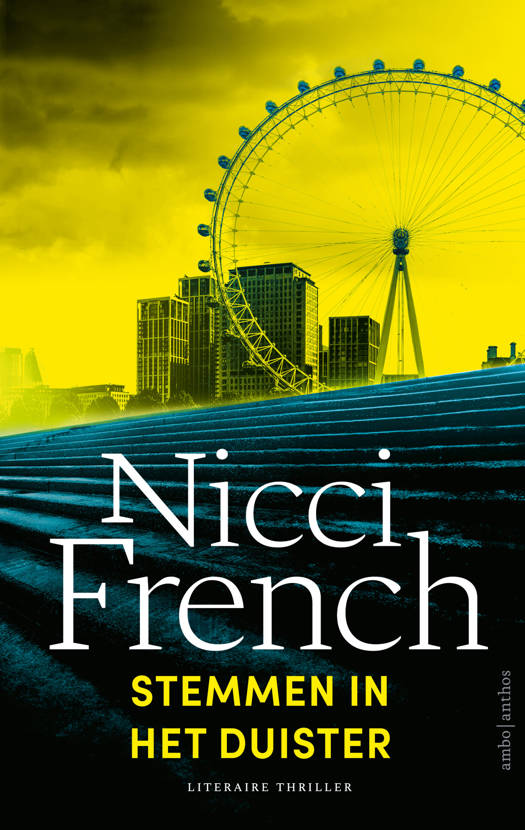
- Afhalen na 1 uur in een winkel met voorraad
- Gratis thuislevering in België vanaf € 30
- Ruim aanbod met 7 miljoen producten
- Afhalen na 1 uur in een winkel met voorraad
- Gratis thuislevering in België vanaf € 30
- Ruim aanbod met 7 miljoen producten
Zoeken
Omschrijving
Li Keran is a renowned contemporary Chinese painter. He was born on March 26, 1907 in Xuzhou, Jiangsu Province, as Li Yongshun. Li Keran, who was forty-two at the time of the founding of the People's Republic of China, embraced the challenges and opportunities with which he was confronted. Born in Xuzhou, Jiangsu, to illiterate parents, he excelled at art from an early age. In 1925, he graduated from the Shanghai Art College and went on to post-graduate study in Western art at the National Art Academy in Hangzhou. His teachers included the French modernist Andre Claudot (1892-1982) with whom he studied drawing and oil painting. Li painted propaganda art during the Sino-Japanese War and in 1946 he was invited by Xu Beihong (1895-1953) to teach brush and ink painting at the Beiping National Art College (Beiping guoli yizhuan). There he came into contact with Qi Baishi (1864-1957) and Huang Binhong (1865-1955), two of China's most influential twentieth-century brush and ink painters. Despite his training in oil painting, in the 1940s Li Keran turned to the more patriotic and less expensive medium of brush and ink and excelled in figure painting, in the literati style. In 1950, Li was appointed Associate Professor in the Department of Chinese Painting at the newly established Central Academy of Fine Arts in Beijing and he published an influential essay titled 'On the Reform of Chinese Painting' in the inaugural issue ofArt (Meishu), the magazine of the Chinese Artists' Association. Reflecting the revolutionary spirit of the times Li Keran invoked the words of the leader of the Communist Party Mao Zedong and called on artists to immerse themselves in the lives of ordinary people (shenru shenghuo). He also argued for the retention of useful elements of China's rich cultural and artistic heritage as well as the need to draw from external sources, notably scientific principles embodied in Western art. In 1954, Li Keran put his own theory into practice and travelled south of the Yangtze on a painting trip with fellow artists Zhang Ding (b.1917) and Luo Ming (b.1912). During that trip Li spent time in Hangzhou with Huang Binhong, who was then China's most senior landscape painter. The three-month journey marks a major turning point in Li Keran's art. Thereafter, he concentrated on landscape painting that was closely observed, drawing on his experience of Western realist art and Chinese brush and ink painting. Beginning in 1954, he also began to experiment with the layered ink technique (jimo fa) that became a hallmark of his mature style. In the 1970s, Li Keran was encouraged to return from his disgrace during the Cultural Revolution as a 'black artist' to make public art. Among the tasks assigned to him were the creation of monumental landscape paintings for the Nationalities Hotel (Minzu fandian) in Beijing and the Department of Foreign Affairs, paintings for presentation as official gifts to visiting heads of state and a massive work representing the revolutionary site of Jingang Mountain in Jiangxi province for the Chairman Mao Mausoleum in Tiananmen Square. Li was an influential educator who taught at the Central Academy of Fine Arts since 1946. In 1979, he lead a post-graduate class in landscape painting at the Central Academy of Fine Arts, the first such course in China, and in 1981 was appointed inaugural Director of the Chinese Painting Research Academy (Zhongguo hua yanjiu yuan), instilling in a generation of practitioners his new landscape painting method of using brush and ink to record the actual landscape. Today, Li Keran is renowned for his black landscape paintings, for which he was severely criticised during the Cultural Revolution, but which he continued to paint in the years until his death in 1989. This book a collections of his art has work from 1943 to 1970. It has chapters describing his work by leading Chinese art historians: Zou Peizhu, Lu Zhangshen, Shao Dazhen, Li Song, Lang Shaojun, Wang Luxiang, and concludes with a chronology of his life and work.
Specificaties
Betrokkenen
- Auteur(s):
- Uitgeverij:
Inhoud
- Aantal bladzijden:
- 269
- Taal:
- Engels
- Reeks:
Eigenschappen
- Productcode (EAN):
- 9781921816079
- Verschijningsdatum:
- 31/03/2013
- Uitvoering:
- Paperback
- Bestandsformaat:
- Trade paperback (VS)
- Afmetingen:
- 239 mm x 305 mm
- Gewicht:
- 1587 g

Alleen bij Standaard Boekhandel
+ 364 punten op je klantenkaart van Standaard Boekhandel
Beoordelingen
We publiceren alleen reviews die voldoen aan de voorwaarden voor reviews. Bekijk onze voorwaarden voor reviews.













